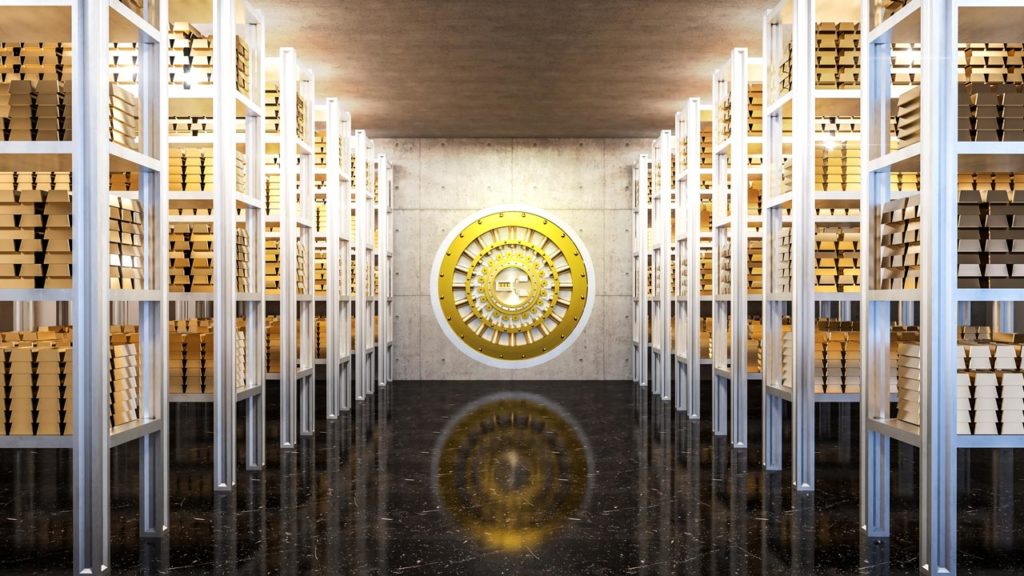Central Banks Added More Gold in May

Central banks globally added another net 35 tons of gold to reserves in May, according to data compiled by the World Gold Council. This follows on the heels of a net 19.4-ton increase in gold holdings in April and an 84-ton surge in gold reserve through Q1.
Five banks contributed to the increase in global reserves
Turkey led the way with a purchase of 13.3 tons in May. The Turkish central bank added 37 tons of gold to its holdings in the first quarter of this year alone. It now owns over 448 tons of gold, accounting for nearly 30% of its reserve assets.
Uzbekistan increased its gold reserves by 9 tons in May. Gold reserves account for just over 60% of Uzbek’s total reserves.
Kazakhstan also continues to grow its gold hoard, adding another 6.3 tons to its holdings in May.
Qatar added 4.7 tons of gold to its reserves. The country has now reacquired all of the gold it sold back in February.
India was the other big buyer with the purchase of 3.8 tons of gold. Since resuming buying in late 2017, the Reserve Bank of India has purchased over 200 tons of gold. In August 2020, there were reports that the RBI was considering significantly raising its gold reserves. Former RBI Deputy Governor R Gandhi noted that the central bank’s gold holdings have been inching up over the last five years.
In 1991, gold gave real support to the economy and it is an important element of the country’s reserves.”
Iran reportedly jumped into the gold-buying fray with a 34-ton purchase last month. This is not reflected in the most recent WGC data.
Germany reported the only notable decrease in gold reserves. The 2.4-ton decrease was likely associated with its longstanding coin-minting program.
According to the World Gold Council’s annual central bank survey, 25% of central banks who responded intend to increase their gold reserves in the next 12 months. That compares with 21% in the 2021 survey.
It also shows that gold’s performance during a time of crisis and its role as a long-term store of value/inflation hedge are key determinants of central banks’ decision to hold gold.”
Looking ahead, the World Gold Council expects central banks to remain net purchasers of gold in 2022, saying “gold might attract further interest as a diversifier as central banks seek to reduce exposure to risk amid heightened uncertainty.”
But the WGC cautioned that slower economic growth and rising inflation may restrain central bank gold demand in the short term.
Central banks added 463 tons of gold to global reserves in 2021. That was 82% higher than 2020.
Last year was the 12th consecutive year of net purchases. Over that time, central banks have bought a net total of 5,692 tons of gold.
After record years in 2018 and 2019, central bank gold-buying slowed in 2020 with net purchases totaling about 273 tons. The lower rate of purchases in 2020 was expected given the strength of central bank buying both in 2018 and 2019. The economic chaos caused by the coronavirus pandemic has also impacted the market.
Central bank demand came in at 650.3 tons in 2019. That was the second-highest level of annual purchases for 50 years, just slightly below the 2018 net purchases of 656.2 tons. According to the WGC, 2018 marked the highest level of annual net central bank gold purchases since the suspension of dollar convertibility into gold in 1971, and the second-highest annual total on record.
Call 1-888-GOLD-160 and speak with a Precious Metals Specialist today!
Buka akaun dagangan patuh syariah anda di Weltrade.
Source link







